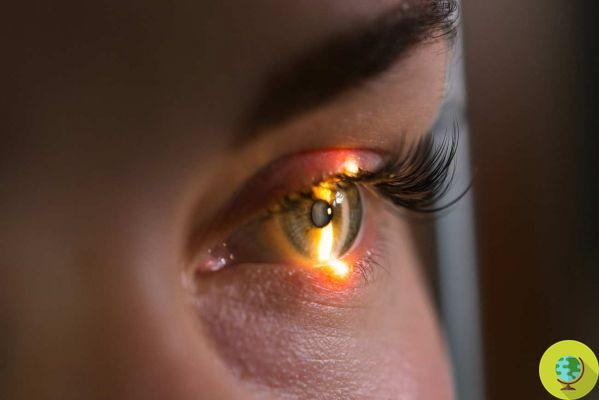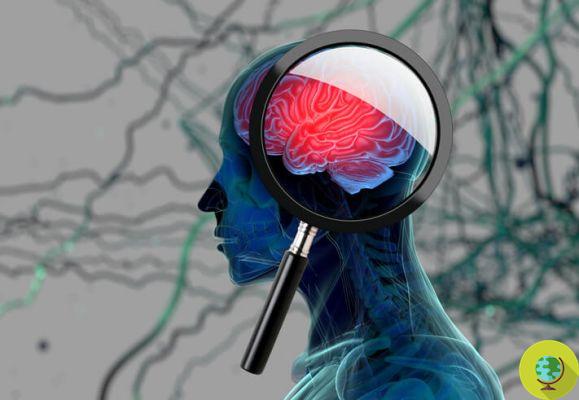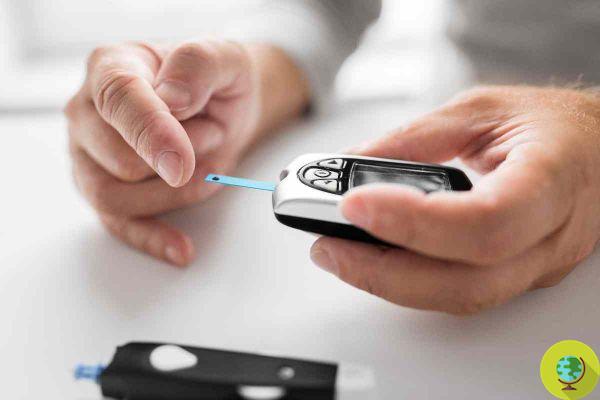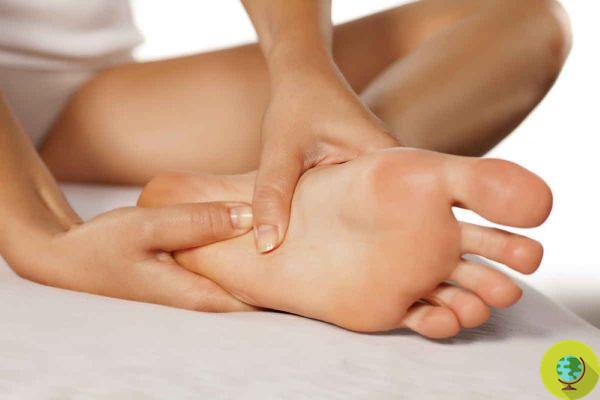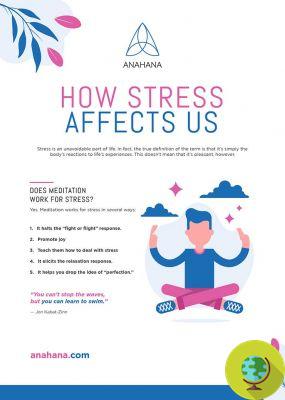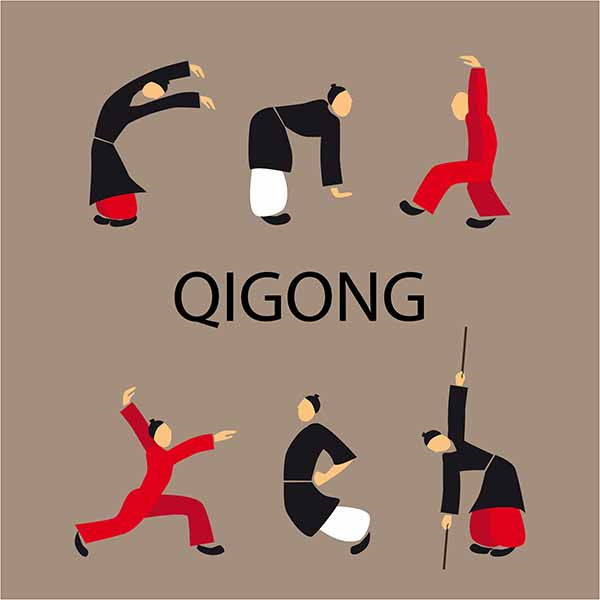
Walking briskly is also very useful for people suffering from Peripheral Arteriopathy. The results of a new study
Walking is good, but if we do it at a fast pace we guarantee ourselves more advantages. New research has found that high intensity walking also helps those who suffer from Peripheral arteriopathy, vascular disease.
Periodically new studies highlight the beneficial effects of walking on our body but also on the mind. For example, we told you about the research that revealed that even a 10-minute walk offers several benefits and another study that showed how increasing our walks by 1000 steps can help us gain longevity. (Read also: Walking just 1000 extra steps a day lengthens your life. Confirmation in this study).
Now, a new study published in Jama reveals another benefit of walking at high speed or brisk pace, as we commonly refer to this type of walking. A healthy habit that, according to the authors, is also very useful for people suffering from peripheral arterial disease, or disease of the peripheral arteries.
This condition involves narrowing of the arteries and reduced blood flow to the limbs which can cause symptoms such as pain in the legs when walking, numbness, cold in the extremities, pain and even erectile dysfunction in men. It is a fairly common pathology among older people.
In the study, the authors sought to understand how walking can alleviate the discomfort associated with peripheral arterial disease. To do this, they took a sample of 305 people suffering from this disease and had them perform a single test: walk as far as possible in 6 minutes.
Participants were then assigned to one of two walking programs: one low-intensity and the other high-intensity. Then, for a full year, both groups walked for more than 50 minutes every day for 5 days a week.
Given the pain associated with arterial disease, those who walked at slow speeds were asked to walk at a pace considered "comfortable". Those who walked fast were asked instead to sustain a gait that actually caused some pain, whether it was moderate or severe pain. At the end of the study, all participants took the original walking test again to see how they progressed.
The results showed that those who walked the fastest were able to walk nearly 40 meters farther than they could before their high-speed workout. Those who walked slowly covered a shorter distance than before (7 meters).
Additionally, the researchers speculate that walking at higher speeds, even if it were more painful, could help arteries develop new blood vessels to promote blood flow to the muscles.
In conclusion, the study advises all people suffering from peripheral arterial disease to walk faster, thinking that the discomfort they may experience will however be useful to improve their condition.
But this study is just the latest to support the health benefits of brisk walking. Other research has shown that a 20-minute brisk walk each day could reduce the risk of death by up to 30% (Read also: Walking this way could earn you 20 years of life).
Plus, by moving quickly, we burn more calories, have more energy, help brain function, and sleep even better.
Read all of our articles on walking.
source: jam
Read also:
- Tricks for walking by doing strenuous exercise during your walk
- What happens to your brain when you don't walk enough
- Walking: 10 reasons to do it at least 30 minutes a day
- Walking an hour a day prevents breast cancer
- What happens to your body by walking even just 10 minutes a day
- Walking briskly extends your life by 15 years










